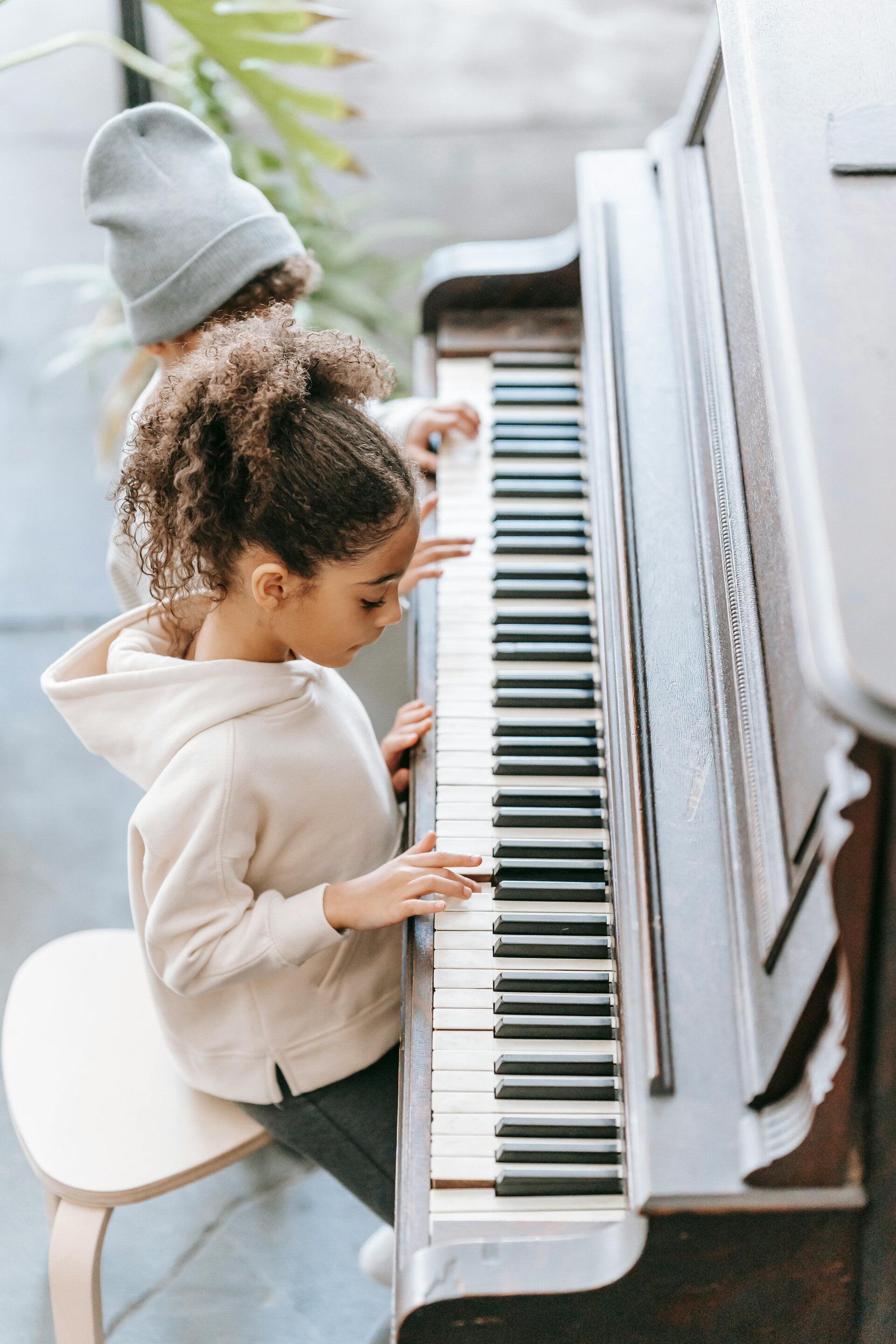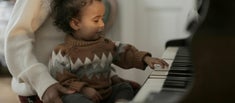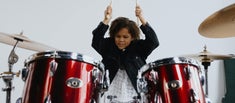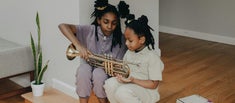
MOVEMENT & MUSIC
Introduction
Children's rhythm, creativity, and physical coordination are all greatly enhanced by movement and music. Movement promotes spatial awareness, balance, and body control, while musical activities enhance auditory discrimination, memory, and emotional engagement. By combining cognitive, socioemotional, and physical development, they promote holistic development. Experiences with music and movement support identity, well-being, and confident communication, according to the EYLF (DEEWR, 2022). They promote cooperation, improvisation, and an appreciation of culture. Children can play with sound, rhythm, and form through movement and music, whether through free dance, instrument discovery, or body percussion. This encourages creativity and joy in the early years.

Theories and Views of Creativity
According to Howard Gardner's hypothesis of multiple intelligences, musical and bodily-kinesthetic intelligences are two different but related learning styles. Vygotsky emphasized the importance of social interaction in the creation of music, wherein educators and peers foster creativity. Early audiation, or hearing and understanding music internally, is crucial for developing musical creativity, according to Gordon's Music Learning Theory. The Dalcroze method encourages improvisation and embodied learning by fusing movement and musical knowledge. Csikszentmihalyi's "flow" is frequently attained in dance and music when children are totally engrossed in making and reacting to rhythm. All of these viewpoints emphasize the importance of music and movement in fostering young creative potential.
Materials, Digital Technologies, and Resources
Percussion instruments (drums, tambourines, and maracas), scarves for dancing, and a variety of musical genres for listening and reacting are all necessary materials. Free movement is encouraged by expansive open areas or dance mats. Creative dance is enhanced by props like parachutes, ribbons, and hoops. Children can create and experiment with sound using digital tools like GarageBand, Chrome Music Lab, and music sequencing applications. Reflection and performance sharing are made possible by video recording capabilities. Children's creative repertoire is expanded by listening to music from different cultures. Interactive whiteboards encourage cross-modal innovation by displaying visual patterns connected to sound. Diverse tempos, rhythms, and dynamics encourage both planned and unplanned movement experiences.
Experiences in Learning

0-2 Years
- Rhythm Play with Shakers: Using basic percussion, infants experiment with sound production while gaining an awareness of cause and effect.
- Dance with Scarves: Using vibrant scarves and soft music to move to encourages body awareness and sensory engagement.

2-3 Years
- Follow-the-Beat March: Children march to drum beats while experimenting with rhythm matching and tempo variations.
- Animal Action Songs: Combining music with animal motions encourages gross motor development and creativity.

3-5 Years
- Body Percussion Band: Using clicks, stamps, and claps, children construct rhythmic patterns that promote group composition.
- Dance Storytelling: Storytelling-inspired movements combine literacy and physical inventiveness.

6-8 Years
- Digital Music Composition: Children create brief original compositions using apps and share them with their friends.
- Choreography Challenge: To selected music, small groups create dances that highlight collaboration and original problem-solving.
Create Your Own Website With Webador